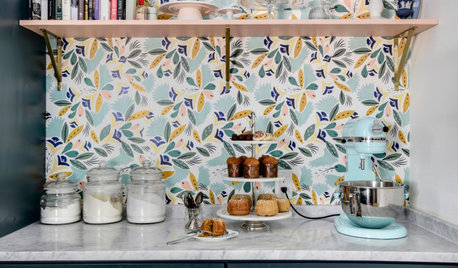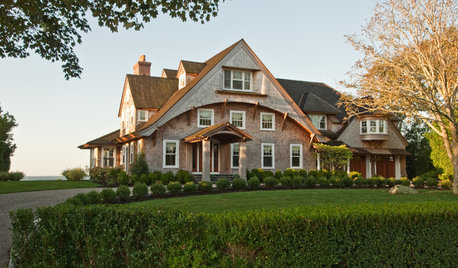Red spots on scapes (pic)
alina_1
17 years ago
Related Stories

HOUZZ TOURSMy Houzz: Color Hits the Spot in a White-on-White Scheme
Bright red furniture strikes a dramatic pose against snowy walls and floors in a Montreal loft
Full Story
COLOR10 Reasons to Make a Splash With Tomato Red
You won’t duck at these tomatoes. See how bold red shades can play up architecture, light up a dark spot and add drama
Full Story
KITCHEN DESIGN12 Items Worth a Spot on Your Kitchen Counter
Keep these useful tools and accessories out in the open to maintain high function without spoiling the view
Full Story
ARCHITECTURERoots of Style: Shingle Style Is Back — Here's How to Spot It
Intimate or rambling, in the coast or by the sea, Shingle homes are seeing a revival. Has your home joined in?
Full Story
UPHOLSTERYSeeking a Quiet, Relaxed Spot? Try Upholstering Your Walls
Upholstery can envelop an entire room, a framed panel or a single wall. See some design options and learn what to expect
Full Story
GARDENING GUIDES6 Native Ground Covers for Tough, Dry Spots
Sun beating down on your sandy gravel? Thick shade darkening your clay soil? There’s a ground cover here for you
Full Story
HOLIDAYS15 Spectacular Christmas Palettes Beyond Red and Green
Instead of dragging out holiday decorations in the same old expected colors this year, dare to consider these gorgeous alternatives
Full Story
DECORATING GUIDESDesign Details: Introduce a Hit of Red
Crimsons and Scarlets Act Like the Cherry on Top of These Rooms
Full Story
KITCHEN DESIGNKitchen of the Week: Red Energizes a Functional White Kitchen
A client’s roots in the Netherlands and desire for red countertops drive a unique design
Full Story
ROOM OF THE DAYRoom of the Day: Bright Red Dining Room Glows in Fog City
Mist can put a damper on the mood in San Francisco, but this lively room fires up the energy
Full StorySponsored
More Discussions



FrozeBudd_z3/4
alina_1Original Author
Related Discussions
Spot the Scape???????
Q
Not even a scape yet, but OT backyard pics
Q
Red, Red, Red for July T'scape! (pic heavy)
Q
Red "blood" spots on aeonium. Help please.
Q
mariava7
alina_1Original Author
raydio
alina_1Original Author
raydio
alina_1Original Author
raydio
alina_1Original Author
mariava7
alina_1Original Author
mariava7
alina_1Original Author
haweha
lora_in
FrozeBudd_z3/4
mariava7
soultan
alina_1Original Author
raydio
alina_1Original Author
raydio